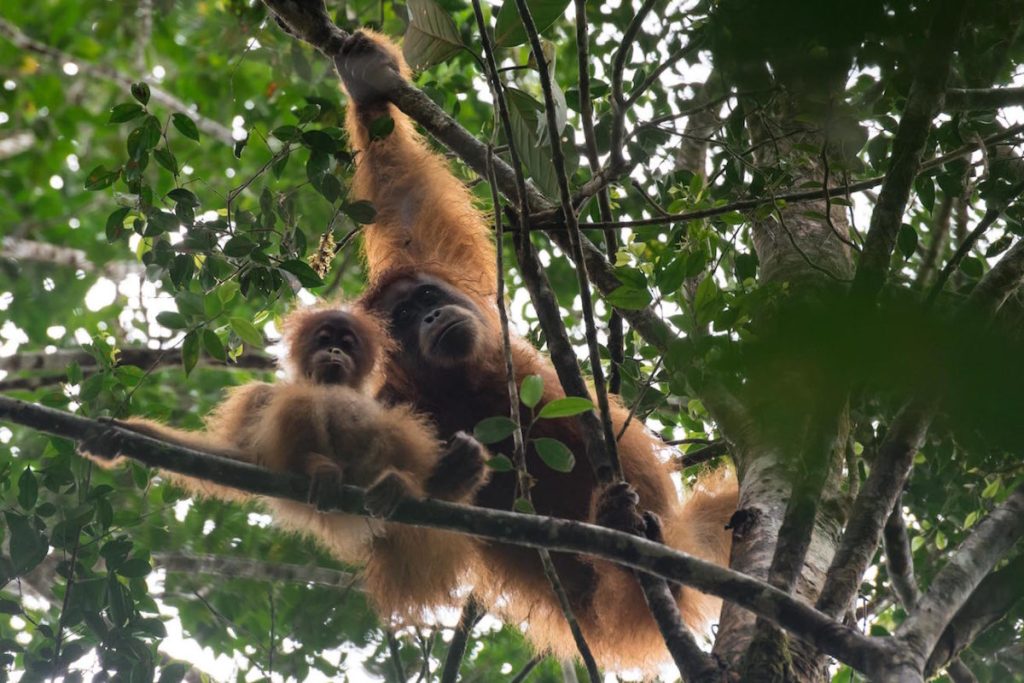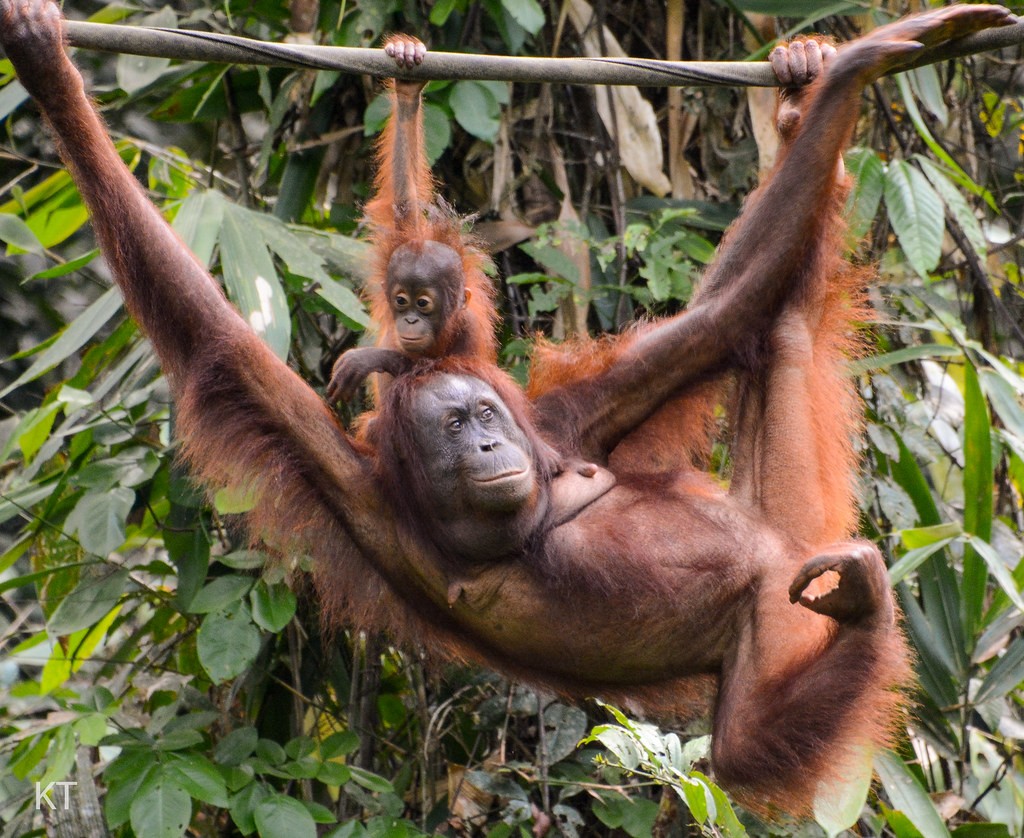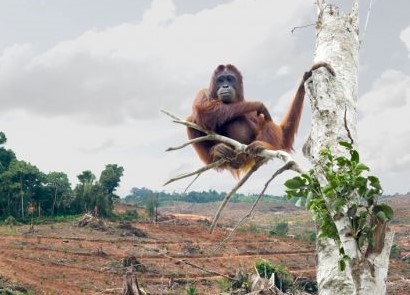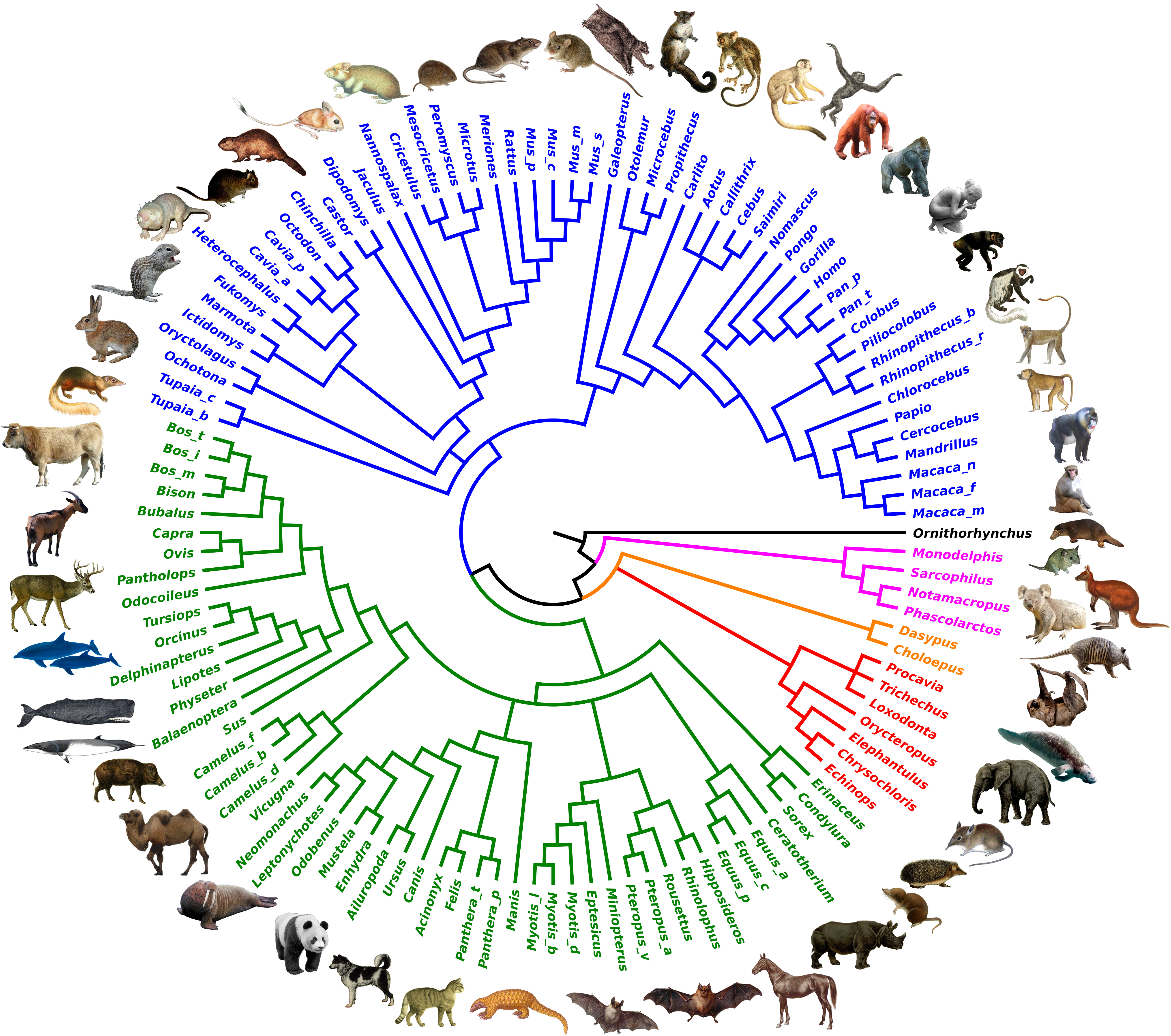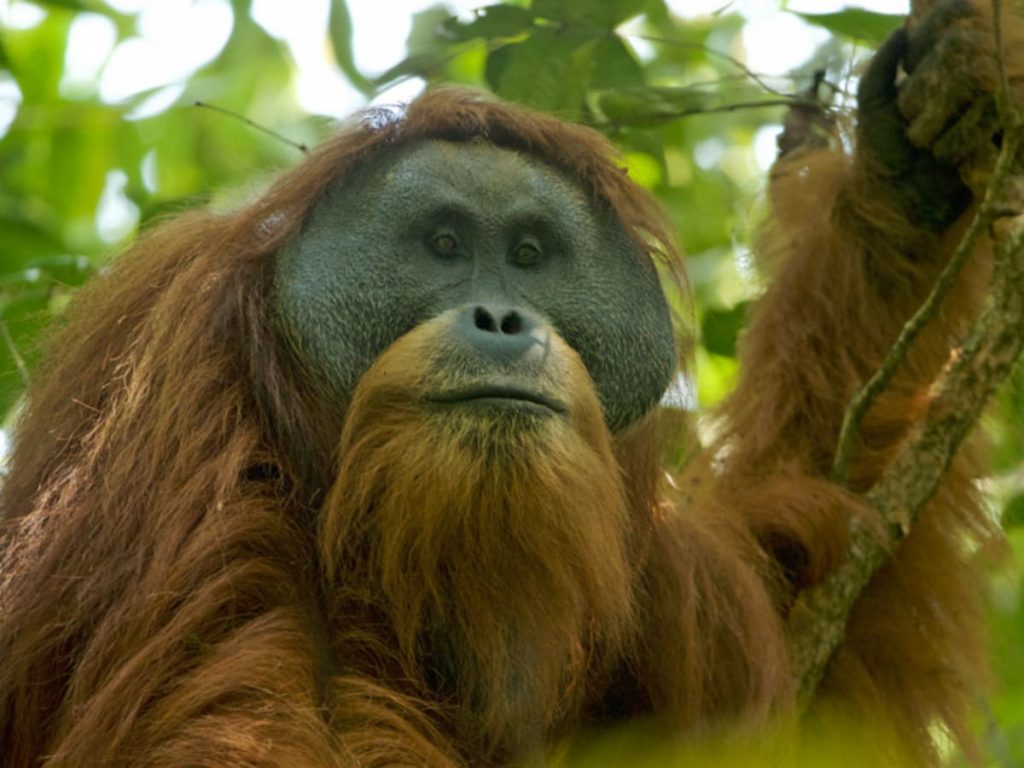It is just 5 years since the Tapanuli orangutan was described. Despite this Orangutan being restricted to an area of Northern Sumatra, it is more closely related to the Bornean Orangutan than the Sumatran one. This might be the clearest indication of how long this species has been separate from its cousins.
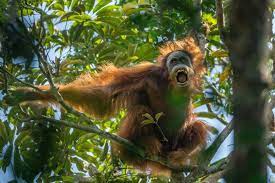
The Tapanuli Orangutan split from its Bornean cousins around 670,000 years ago, while chimpanzee and Bonobo were split 1.5-2.2 million years ago. Baffling, the Sumatran Orangutan split from both the Borneon and Tapanuli Orangutan 3.38 million years ago. For context, Humans split from our chimpanzee ancestors 4-6 million years ago (so not much longer) and gorillas split from their chimpanzee ancestors 7-9 million years ago.
All this is to say, that while the Tapanuli Orangutan is relatively closely related to the Bornean Orangutan, it cannot interact with it as it is on another island; and the Sumatran Orangutan is too far removed to be able to interbreed.
It is thought that the Tapanuli Orangutan has faced population decline of 83% in the last few decades (three generations). Further threats are numerous. One of its biggest threats is a hydroelectric dam, which would remove much of the remaining habitat, but a gold mine, loss of habitat and an expansion of croplands are other threats.
Unfortunately little to nothing has improved in the last 6 years, they are probably closer to extinction now than ever. If you have followed this blog over the last 5 years, you will have seen that I have written on this new orangutan species a few times. We will continue to follow this animal on this blog – we must work to raise its profile and not merely chronicle its slide towards extinction.

